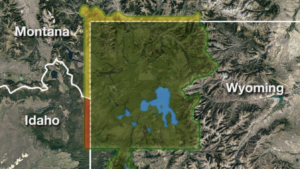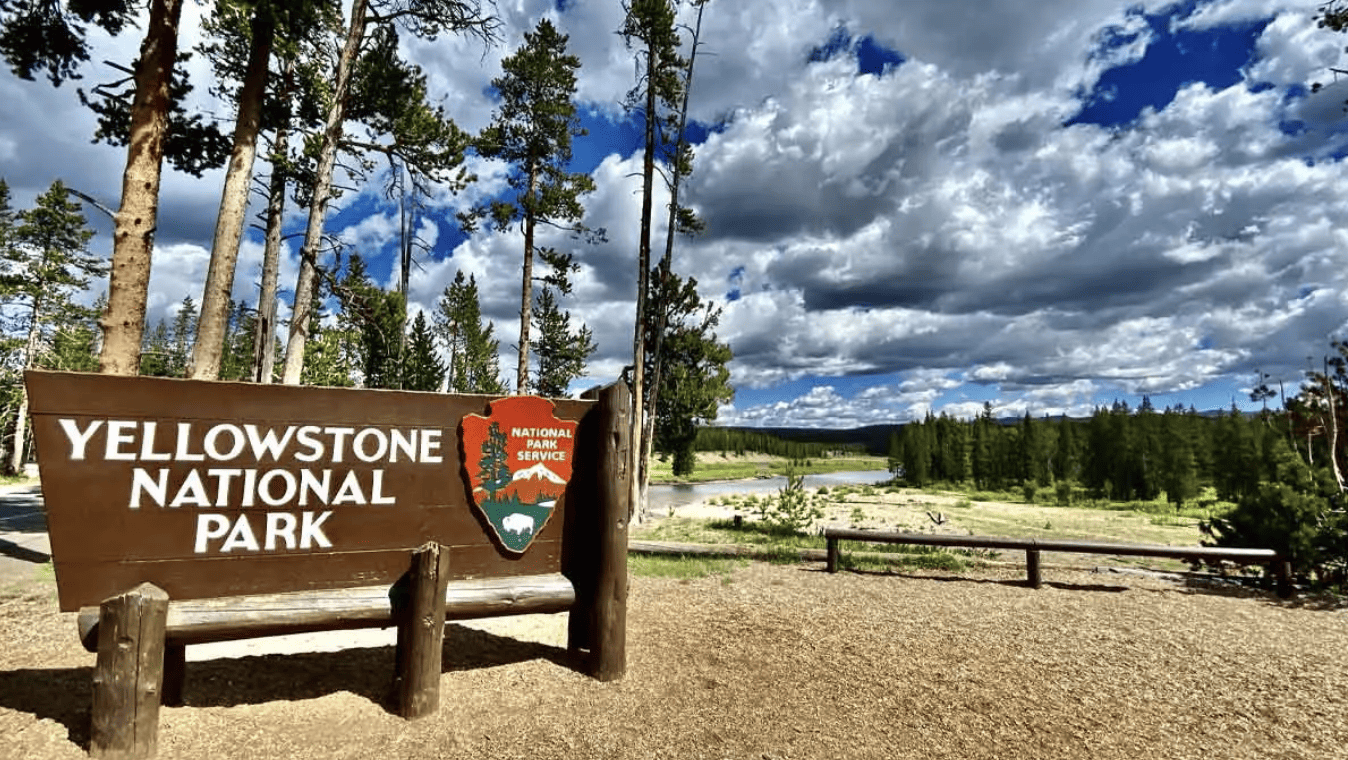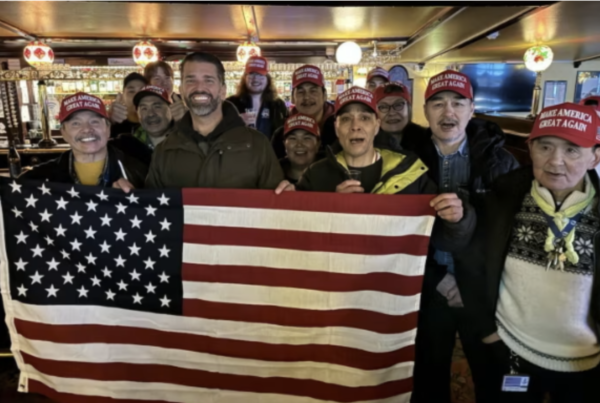The term “Zone of Death” first came to light in 2005 thanks to an academic paper entitled “The Perfect Crime” by Michigan State University law professor Brian C. Kalt. While studying the technical aspects of jury trials, Professor Kalt identified a loophole in the Sixth Amendment of the U.S. Constitution.
Rooted in the British common law tradition, the practice of local jury trials was adopted by the former American colonies to facilitate cross-country prosecution. Individuals who committed a crime in one jurisdiction and then fled to another state could be prosecuted under British law. Based on this legacy , Professor Kalt underlined the limitations of the American vicinage clause of the Sixth Amendment in the case of Yellowstone National Park. This clause cut out the United States in districts. Each district has an eligible pool of jurors, composed of adult American citizens, that can be summoned to judge a case. .
The unique case of Yellowstone National Park
Established in 1872, in a zone formerly inhabited by indigenous tribes, Yellowstone is widely recognised as the first-ever national park. It is situated between Wyoming, Idaho and Montana, none of which were incorporated into the Union of independent American states when the park boundaries were drawn.

Satellite map of Yellowstone National Park.
The park is now divided among Wyoming (91 percent of its area), Montana (approximately 675 square kilometers), and Idaho (around 130 square kilometers). When Wyoming joined the Union, it was decided that the Yellowstone National Park would fall under the jurisdiction of the Federal Government. In other words, state law cannot be enforced within the park. For the sake of simplicity, however, it was decided that the District Court of Wyoming, established in Cheyenne, would have jurisdiction over Yellowstone, including the Idaho and Montana portions.
The issue in legal theory
This legal arrangement, established for the sake of convenience, remained unquestioned until the issue of judging a crime arose. The drawing of state borders within Yellowstone National Park creates an inconsistency in the interpretation of constitutional law in the event of a crime. The Sixth Amendment of the U.S. constitutional law states that “the accused shall enjoy the right to a speedy and public trial, by an impartial jury of the State and district wherein the crime shall have been committed.” Article III, Section 2 of the U.S. Constitution further asserts that “the Trial of all Crimes, except in Cases of Impeachment, shall be by Jury; and such Trial shall be held in the State where the said Crimes shall have been committed.” Constitutional law says that every individual has to be tried by a jury selected from the district in which the offense occurred..
This is precisely where the flaw in the arrangement becomes evident: Idaho has no population in the Yellowstone area, and Montana only has a scarce pool of potential jurors. If an individual commits a crime or offense in either the Idaho or Montana section of Yellowstone, this person cannot be fairly judged by a jury from the local population. As a result, no one can be convicted for any action in these areas.
The issue in practice
Only a few cases have taken advantage of this loophole. One notable instance involves Michael Belderrain, who unlawfully shot an elk in the Montana district of Yellowstone in 2005. He cited Kalt’s article as a defense in 2007 and argued, in front of the District Court of Wyoming, that he could only be tried by a jury of residents from the Montana district of Yellowstone. Given the lack of jurors, the case should have been dismissed. Even though Belderrain was technically correct, the judge chose to dismiss his arguments and proceeded with the trial. This act is an evident violation of the Sixth Amendment and Article III of the U.S. Constitution. Belderrain could have reasonably brought the case to the Supreme Court, but instead, he dismissed his right to appeal in exchange for a reduced four-year sentence.
Is there a remedy?
As Kalt pointed out in his article, there are several ways to address this loophole. Committing a crime in such a small area is challenging, and if an individual is not directly accused of the crime, they could still be prosecuted for other offenses performed outside this region, such as conspiracy or firearm purchase. If a serious crime were ever committed in the “Zone of Death,” it is likely the authorities would simply ignore the loophole and try the case in the District of Wyoming. Seventeen years after the publication of Kalt’s article, Congress is yet to redraw the Court’s district. Redrawing Yellowstone’s borders to make sure every district is composed of eligible jurors would be the easiest way to solve this unusual case.
Other posts that may interest you:
- The Trouble with ‘Ecocide’
- Carbon dioxide removal – hit or miss?
- Local Victories for Turkish Opposition — A Sign of Hope?
- Are France and Japan a Mismatch Made in Heaven?
- A Reflection on Dark Tourism
Discover more from The Sundial Press
Subscribe to get the latest posts sent to your email.





